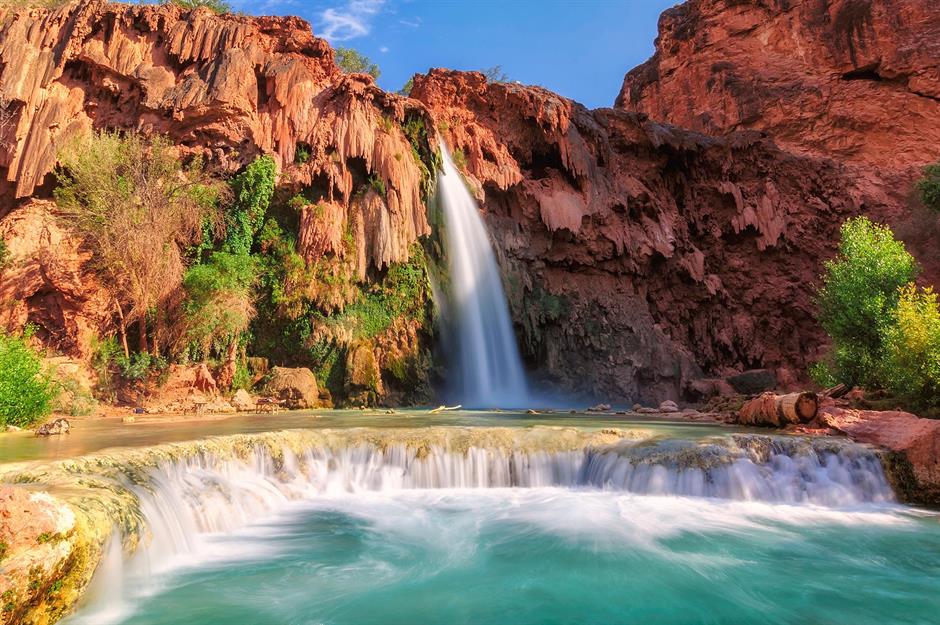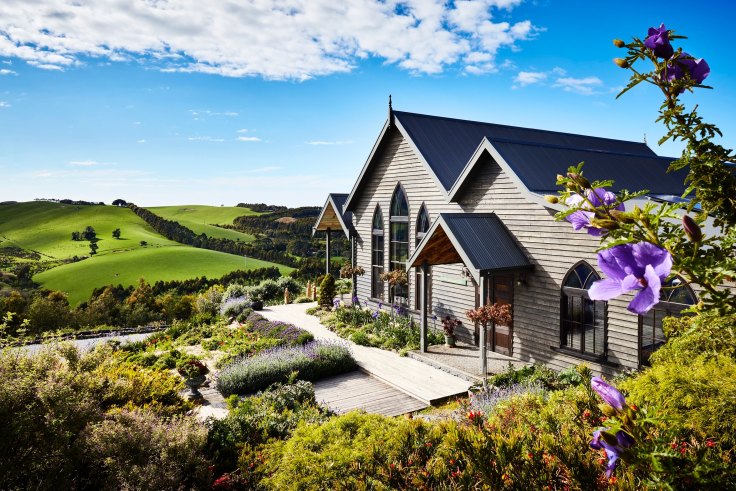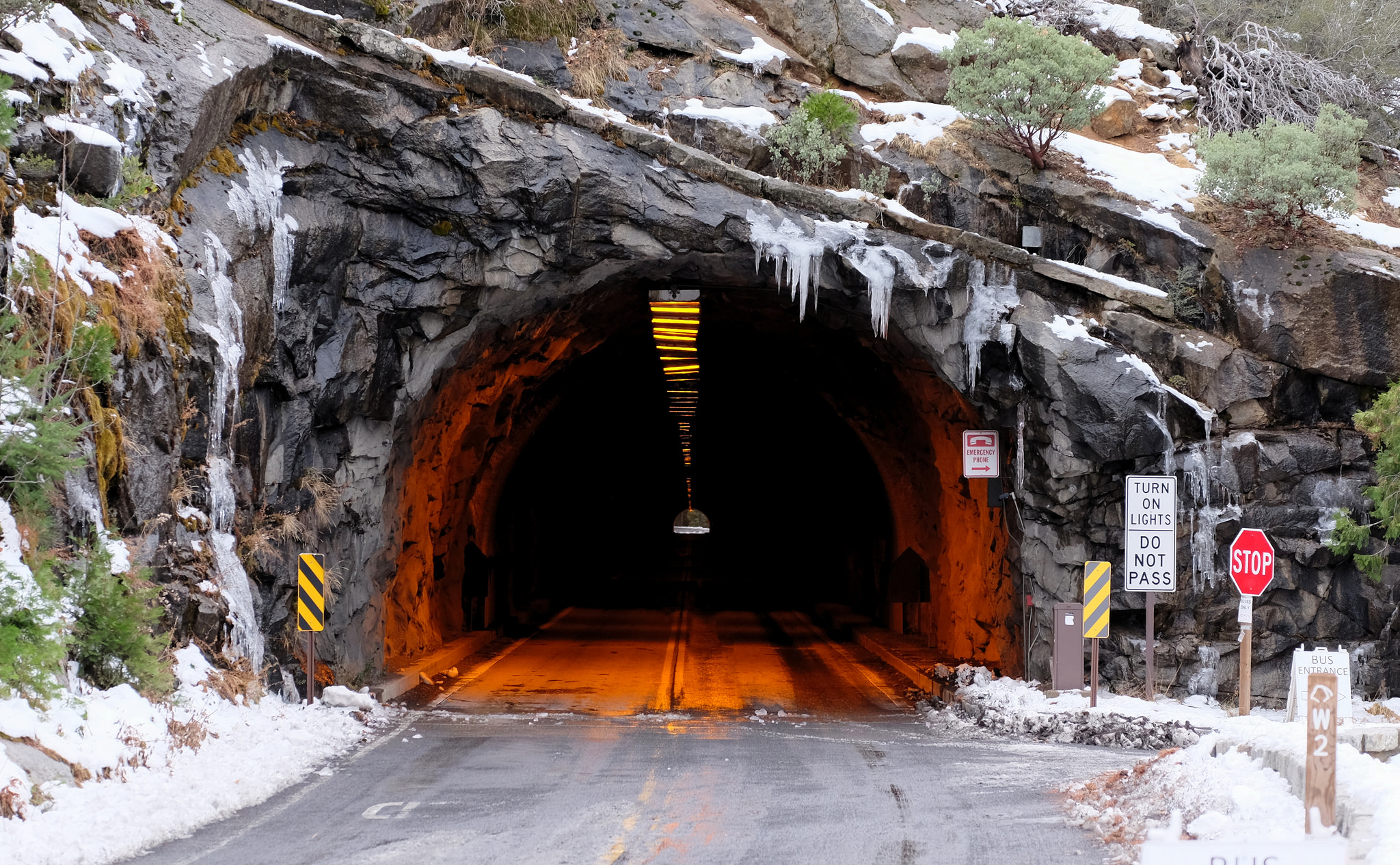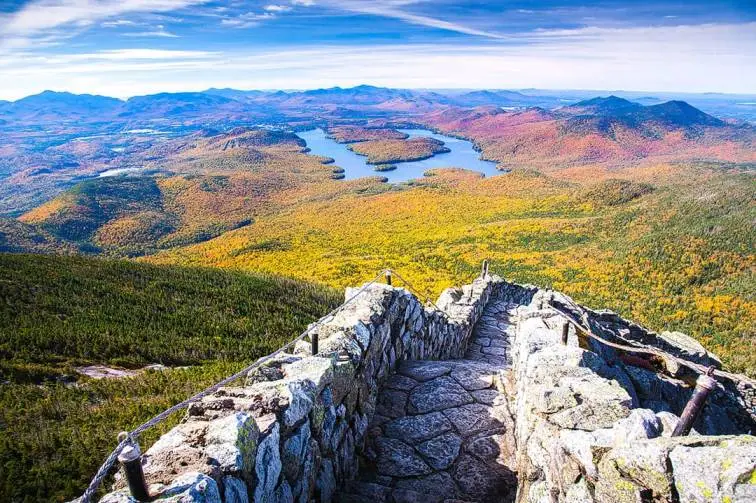Argentina & Brazil Travel Guide: Iguazu Falls
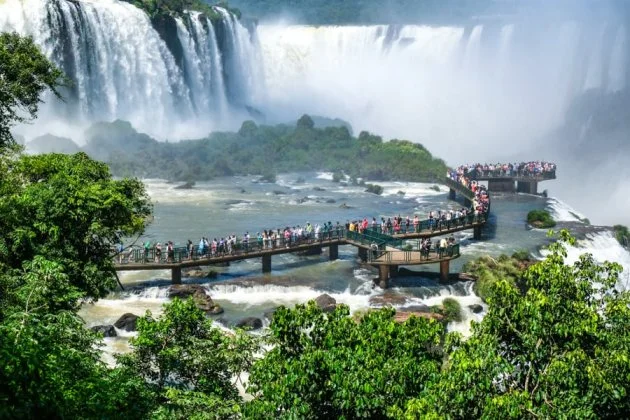
One of the most magnificent and striking waterfalls in the world, Iguazu Falls is located in South America and divides Argentina and Brazil.
As the world's largest waterfall system, Iguazu has over 275 distinct falls! Iguazu Falls is larger than Niagara Falls by most measures, yet Niagara Falls in the United States and Canada is probably the closest match.
Argentina and Brazil have turned this magnificent waterfall into a national park, and because both sides provide unique perspectives, a visit is highly recommended! The nicest parts of Iguazu can be seen in a few days, though you could certainly stay longer.
Iguazu Falls: Where Are They?
South America's Iguazu Falls are situated at the border between Brazil and Argentina.
You can simply go back and forth between the two nations to view both sides of the waterfall because there are cities, airports, and lots of tourist-friendly hotels and restaurants on both sides of the border.
Foz do Iguacu is the name of the Brazilian side of the falls, whereas Puerto Iguazu is the settlement on the Argentine side.
How to Travel to Argentina and Brazil's Iguazu Falls
-
The primary means of transportation to Iguazu Falls is air travel, with flights departing from major cities in Brazil or Argentina.
-
On the Argentine side, there are several airlines that provide reasonably priced flights from Buenos Aires to Puerto Iguazu (airport code: IGR), which takes less than two hours. Flying into Buenos Aires, you can utilize either of the two airports (EZE or AEP).
-
Flying from Sao Paulo or Rio de Janeiro to Foz do Iguacu (code: IGU) is an option if you're in Brazil; the flight takes around two hours. Numerous airlines also provide daily departures on these routes.
-
You may take a bus, taxi, or tour to reach the Argentina waterfall when you get to Puerto Iguazu town. There are frequent departures from the town bus station to the waterfall and back. The bus is inexpensive, safe, and convenient to use.
-
But if you're looking for something more convenient and customized, a private tour or cab may be a suitable choice. When you're done exploring the waterfall, you may ask the driver to wait for you and then drive you back to town.
Top Tours of Iguazu Falls
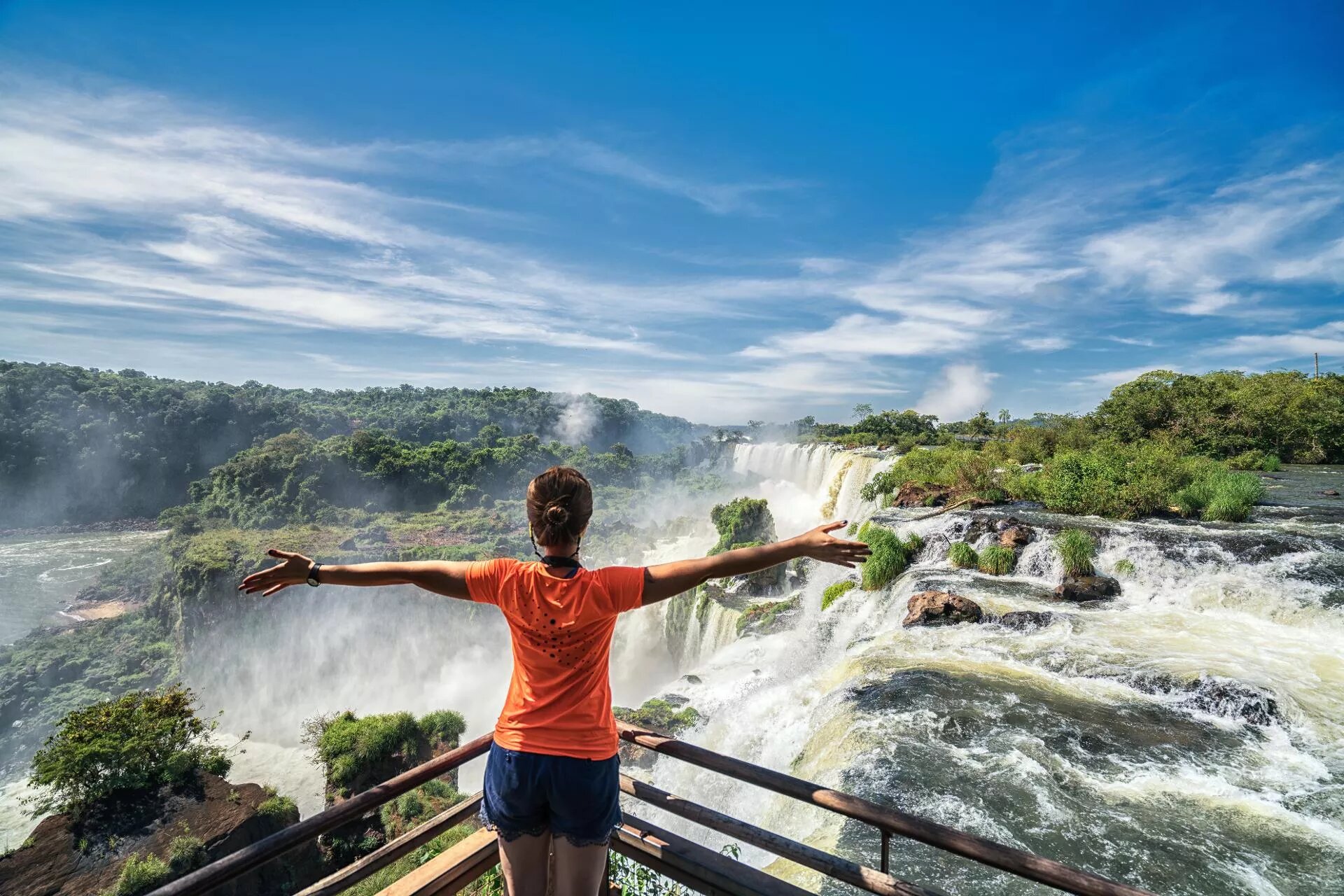
-
Taking a day trip from Puerto Iguazu or Foz do Iguacu is among the simplest methods to see the Iguazu Falls.
-
With optional boat trips that allow you to see the waterfalls up close and get wet, GetYourGuide offers highly recommended day tours to see the Iguazu Falls from the Argentina side. This might be an enjoyable approach to take in Iguazu Falls' magnificence from a new perspective.
-
Day trips from Foz do Iguacu to Iguazu Falls, Brazil, include comparable boat excursions and an optional visit to the bird park. These trips include hotel pickup and drop-off as well as a trilingual tour guide, just like on the Argentina side.
Other Tours of Iguazu Falls
-
Convenient day trips that cross the border to view Brazil or Argentina from the opposite side are also available through GetYourGuide. This might be a useful option if you want to see Iguazu Falls from both sides.
-
To put it another way, they provide tours that begin in Brazil and travel to the Argentinean side of the falls, or they can start in Argentina and go to the Brazilian side. These are both excellent.
-
They also offer package excursions from Rio de Janeiro or Buenos Aires that include your national park admission tickets, a private driver and tour guide, and airfare. These are great options if you're pressed for time.
Read Also: Exploring Major Cities: Uncovering Ancient Ruins
Argentina's Side of Iguazu Falls: What to Expect
It's truly a great experience to see Iguazu Falls! It is not at all accurately shown in the photographs.
Iguazu Falls is separated into circuits that travel to various areas of the falls on the Argentina side since it is larger and more dispersed than the Brazil side. The Devil's Throat perspective, the lower circuit, and the higher circuit are the greatest spots to see.
The park is quite easy to navigate, with free mini trains and well-connected walking pathways. You have three options for getting about the park: by rail, on foot, or by combining the two modes of transportation. Along the walk, there are eateries and benches where you may take a break.
• Argentine entrance fee
-
There is a cost to enter Iguazu Falls because it is an Argentine national park. This is true whether you're using the walkways or engaging in other activities like a boat trip; however, certain day excursions can already include admission to the park.
-
The webpage of Argentina's national parks has the current entry charge. But, if you come twice in a row, the second day's admission is 50% less expensive. Just be sure to save your ticket so you can present it to them and receive the discount.
• Buenos Aires Opening Times
-
The Argentina side opens from 8 a.m. to 6 p.m., with the final admission being at 4:30 p.m.
-
Every day of the year, even special occasions like Easter Sunday, New Year's Day, and Christmas Day, is the same.
• Argentine Map
-
You may use this helpful map to plan your travel to the Argentina side of the Iguazu Falls. To see the map in its entirety, click on it.
-
To assist you in finding your way to all of the trails and waterfalls, the national park is also marked with maps.
Brazil's Side of Iguazu Falls: What to Expect
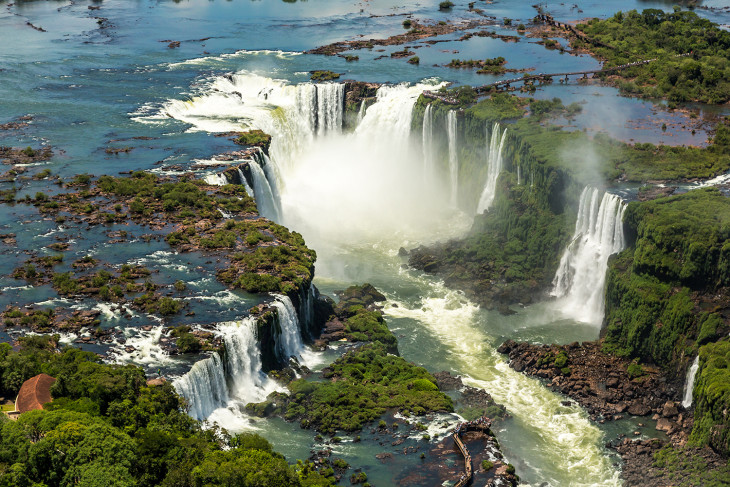
Although the Brazilian side of Iguazu Falls is somewhat smaller and less complex than the Argentinean side, there are still many amazing sights and activities to enjoy.
There are many platforms that allow you to view the waterfall from above, either by climbing steps or via an elevator. The park's main route follows the river's edge and ends with an exhilarating balcony close to the falls.
With a free bus service that runs from the entry gate to both ends of the park and back, the Brazil park is organized in a loop. Compared to the Argentina side, it is often shorter and simpler to visit.
Although the 'Devil's Throat' perspective in Argentina is more stunning, Iguazu Falls in Brazil are still far more picturesque in my opinion. I really enjoyed seeing this side of the falls. Ignoring this side of Iguazu because it's smaller would be a grave error!
Once your exploration of the Brazil side of Iguazu Falls is complete, you may also visit a lovely bird park close to the national park's entrance. It is home to many amazing South American species, such as vibrant macaws and toucans!
• Brazil: Entrance Fee
-
On the official website, which can be found here, you may check the current Brazil park charge and purchase tickets in advance.
-
Park tickets are limitless and never sell out, just like on the Argentina side, so there's no need to reserve them in advance.
• Brasil Opening Hours
- The Brazil side is open daily from 9 AM to 6 PM, with the final admission being at 4:30 PM.
• Brazil Map
-
To assist you in navigating the waterfall area, below is a map of the Brazil side of Iguazu Falls. To see the map in its entirety, click on it.
How Long Should You Stay at Iguazu Falls?
-
To truly view and explore both sides of the Iguazu Falls, you'll need two full days, one for Argentina and one for Brazil. If the bird park is not visited, you may complete the Brazil side in a half day.
-
If you extend your stay in Iguazu to a third day, you'll have more weather freedom and can choose to either return to one of the national parks or take a day excursion to Monday Falls (the Saltos Del Monday cascade) in Paraguay.
-
If you're very tight for time, you can view Iguazu Falls on both the Brazilian and Argentinean sides in one day, but to expedite the border crossings and other procedures, you'll need to utilize a tour.
Things to Pack for Iguazu Falls

-
Clothes: Iguazu has a tropical climate, which means that it is always hot and muggy. You should wear summer attire. Sandals and shorts are a stylish combo.
-
Sunscreen: You should wear a hat and sunscreen because it may become rather hot and sunny here. I just got burned in this one area in Argentina.
-
Rain Coat: A poncho can assist keep you dry because there can be intense mist and spray at certain parts of the waterfall, such the Devil's Throat.
-
Bug Spray: Iguazu doesn't have a lot of mosquitoes overall, and I believe that's because the sound and spray of the waterfalls keep them away. Nevertheless, there are quieter sections of the park where you may expect to encounter mosquitoes and other insects, so carry bug repellent just in case.
-
Vaccines: I had the Yellow Fever vaccination prior to my trip, and I believe it is a wise decision, particularly if you want to visit Yellow Fever locations in the future. The immunization lasts for life. The US CDC reports that there may be some Yellow Fever present in the mosquito population around Iguazu. Argentina and Brazil do not need the vaccination, thus it is entirely up to you whether or not to get it. The majority of individuals had fantastic trips despite not bothering to get the vaccination.
-
Camera: The waterfall is really picturesque on both sides. The ideal lens is one with a small amount of zoom, although a wide angle lens is better for the Devil's Throat.
The Ideal Season to Visit Iguazu Falls
The optimum time to view Iguazu Falls is simply never right. It is constantly picturesque and flows well throughout the year!
The ideal months for temperatures and humidity are May through August if you desire a cooler climate. In addition, these are some of the least rainy months of the year, and rainbows near the falls are a magnificent sight on clear, sunny days.
Having said that, there wasn't a lot of rain when I visited Iguazu during the rainy season. With the exception of one evening shower, every day was mainly bright, and the rain had no bearing on my plans.



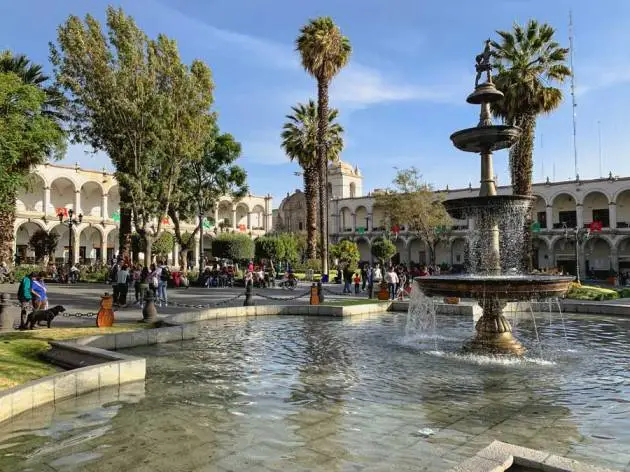
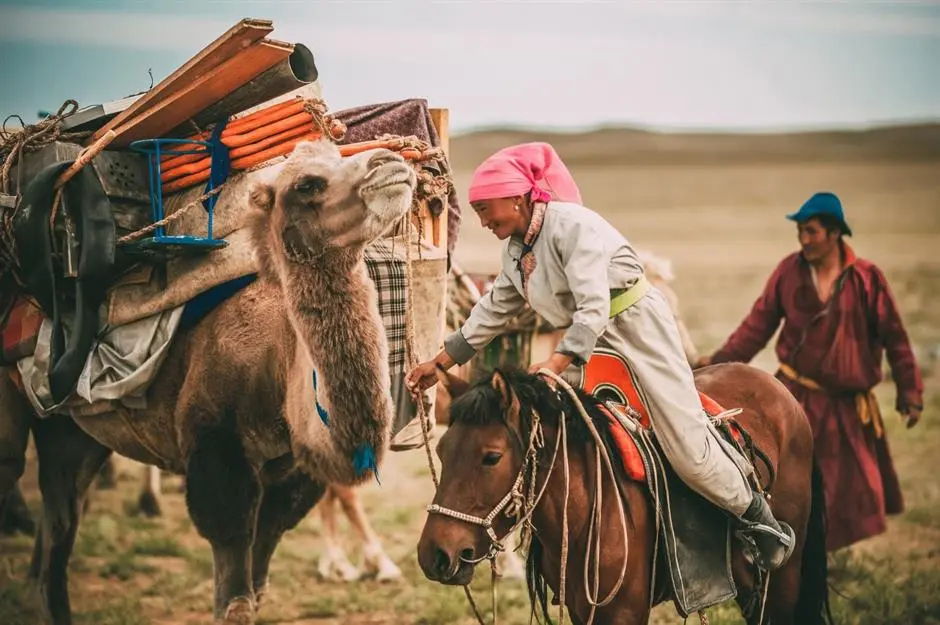
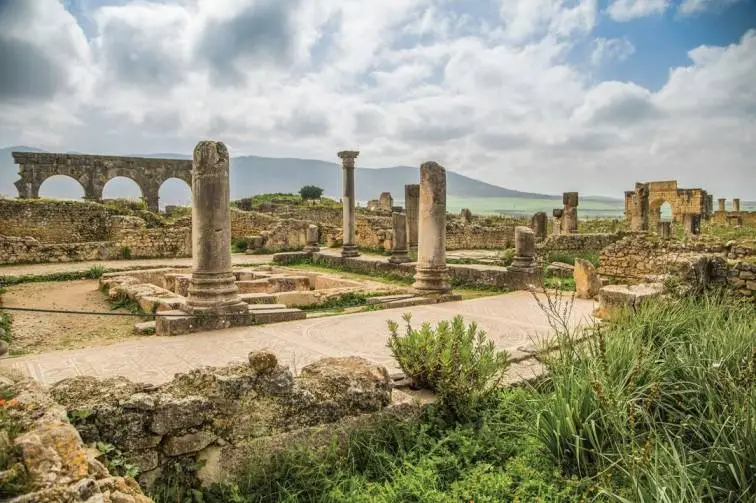
.webp)

